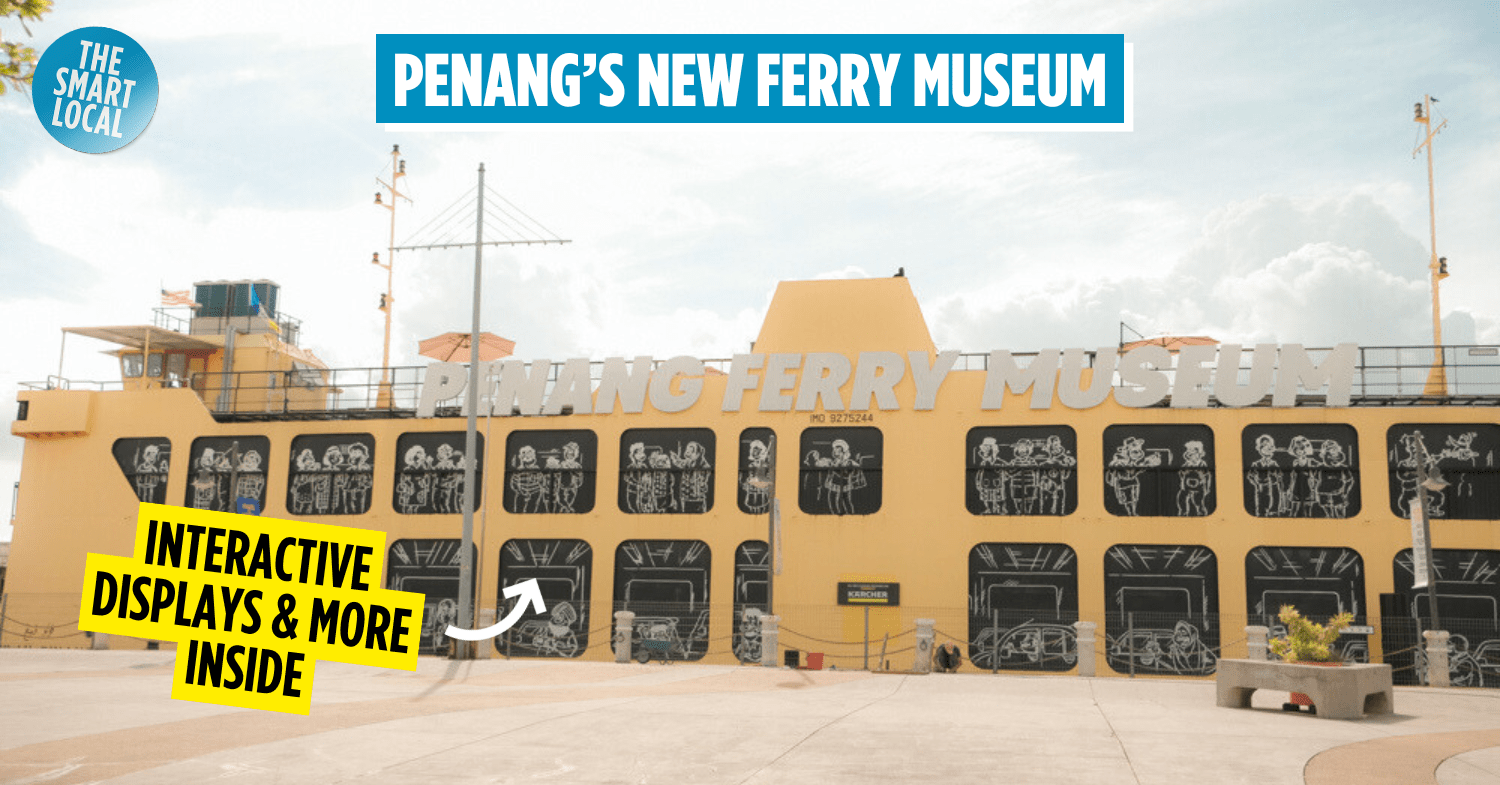Penang Ferry Museum
Those who travel across the Penang Strait, transiting between Penang Island and Butterworth, will fondly remember the old Pulau Pinang ferry. It once ferried numerous passengers daily, until it was decommissioned in 2024.
In October, the ferry relocated from the Bagan Dalam slipway to the Swettenham Pier Cruise Terminal, concluding its final journey at Tanjung City Marine, where it has been transformed into the Penang Ferry Museum.
Here’s a guide on the new maritime attraction.
What is the Penang Ferry Museum?
The Pulau Pinang ferry’s transformation into Penang Ferry Museum is a collaboration between the Penang government and Printhero Merchandise (M) Sdn Bhd. The latter is known for operating souvenir spaces at heritage hotspots like Penang Hill and Muzium Negara.
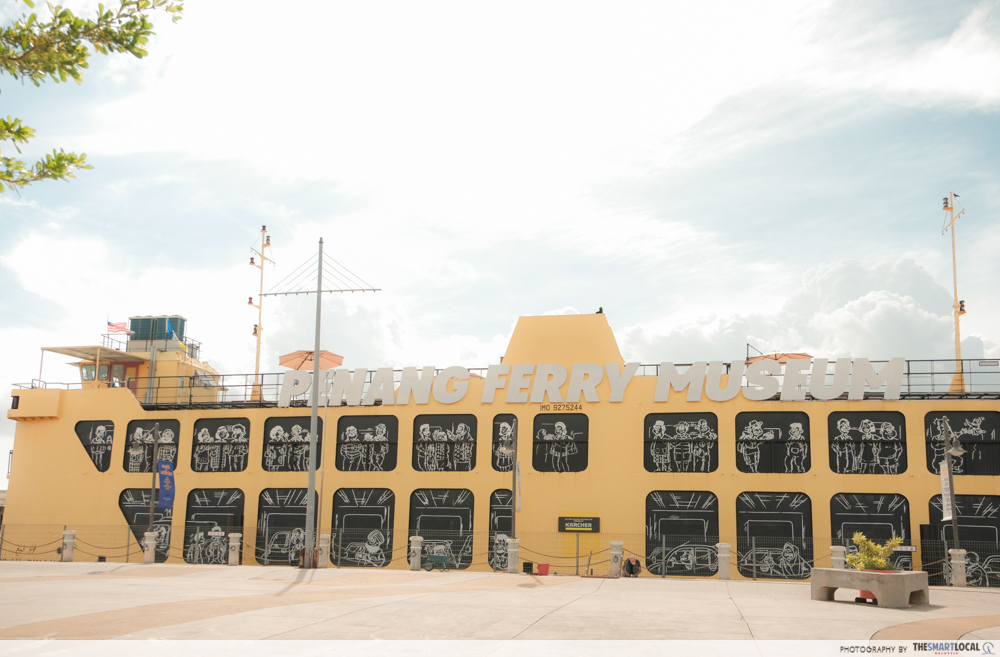
The floating museum isn’t hard to locate. Docked at Tanjung City Marina, the refurbished ferry retains much of its original yellow facade, but with additional fun illustrations of local folks on its windows painted by the late cartoonist Azmi Hussin, and a large sign that reads ‘Penang Ferry Museum’.
There are also added attractions on board to help preserve the legacy of Penang’s iconic ferry service, which has been open to the public since Malaysia Day, 16th September 2025.
What to expect at the Penang Ferry Museum?
Spanning four levels, the Penang Ferry Museum features interactive displays, ferry-related exhibits, and historical photo galleries in spaces once filled with vehicles and passengers, as well as recreations of the ferry as it once was in its heyday.
The main deck
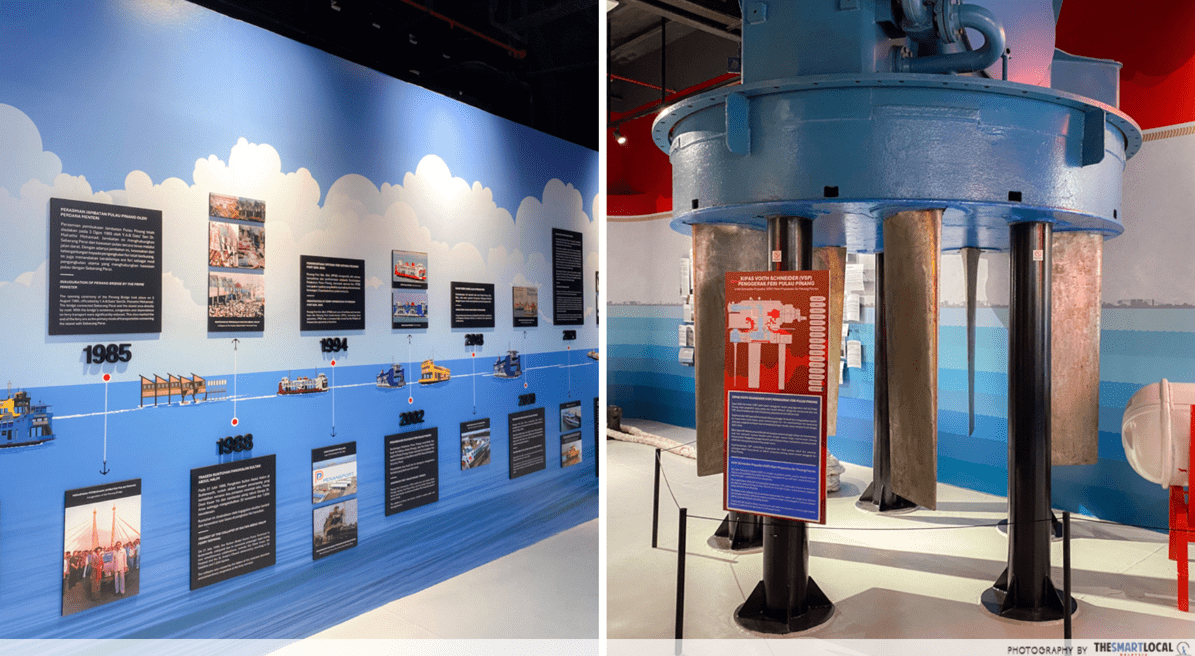
The main deck starts with the history gallery, which takes visitors through the origins of the Penang ferry. It chronicles its very first service dating back to 1894 by the Beng brothers, to how it rose to become the primary transportation that connects the island to the mainland.
History buffs can also read up on a ferry tragedy in 1988, where the ferry terminal collapsed due to severe overcrowding, resulting in several fatalities.
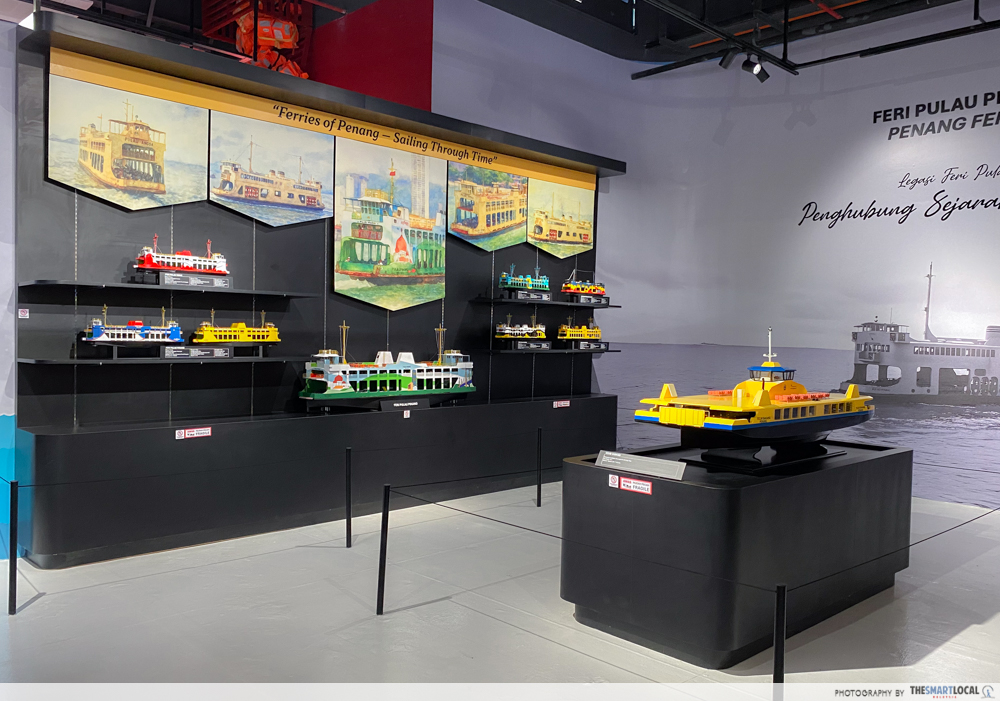
Those interested in the design and construction of the ferry can browse through the blueprints and drawing plans at the ferry collection section to understand the technicalities involved, the system integration, and structural assembly.
There are also various ferry prototypes on display, featuring the many classes and types of iconic ferries in Penang over the years.
The engine room
Inside the hull of the enormous ferry is the engine room, typically known as the “lungs and muscles” of the ferry, where huge and essential machines are housed for the ferry to function.
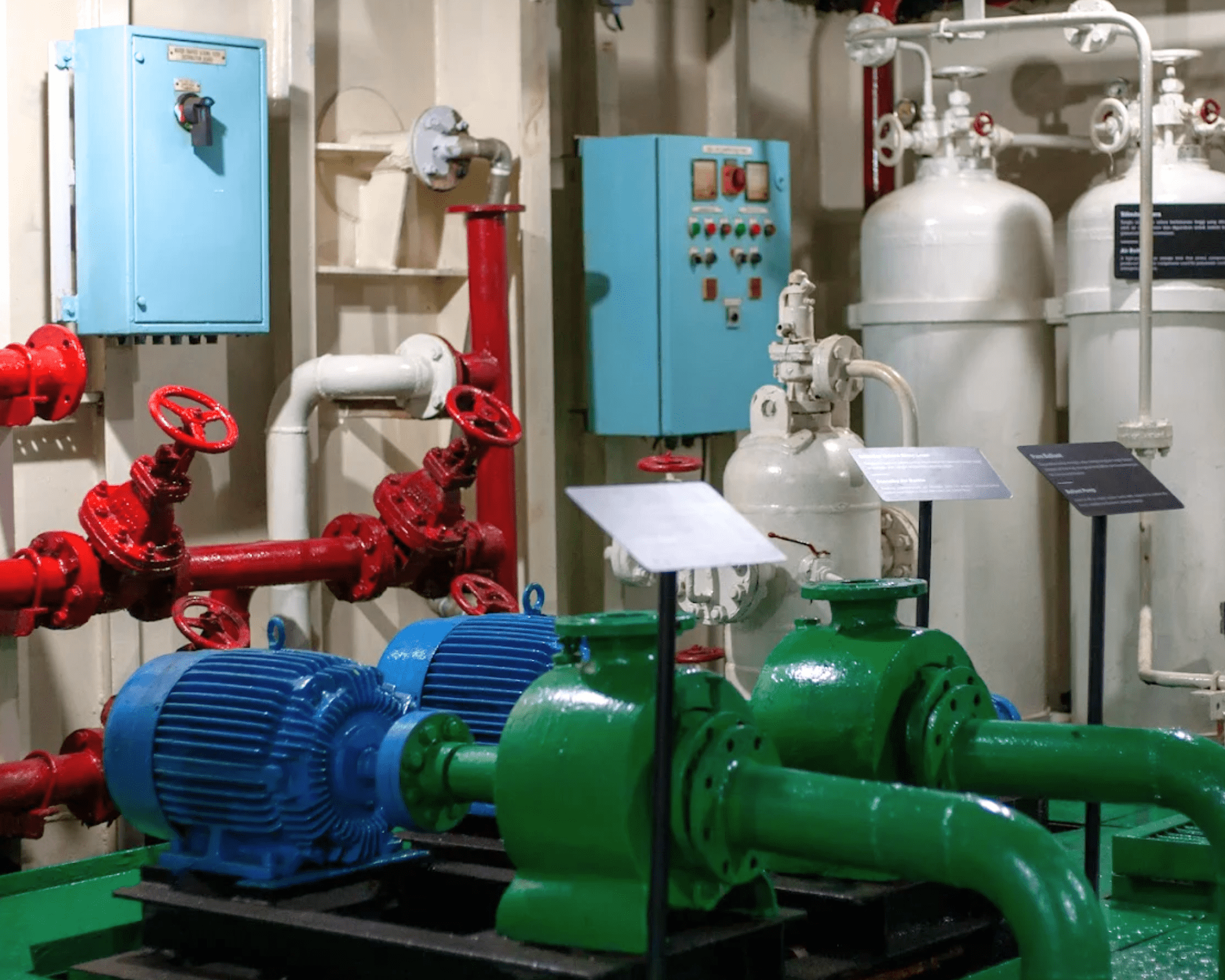
Image adapted from: Edwin Chii via Google Photos
Access to the engine room is not included in the entrance fee – there’ll be a small additional charge of RM9 per adult to explore the space up close. Due to the narrow space and how tightly things are arranged, visitors will be required to don a safety helmet and vest before entering the engine room.
Here, visitors will get to learn more about the various engines and systems work – such as the propulsion and steering system, fuel system, exhaust and cooling system – as well as how the crew physically worked in these spaces to maintain everything regularly.
The upper deck
The upper deck has some interactive areas, including the drawing room, where the young ones can channel their inner artist by folding up and decorating paper ferries.
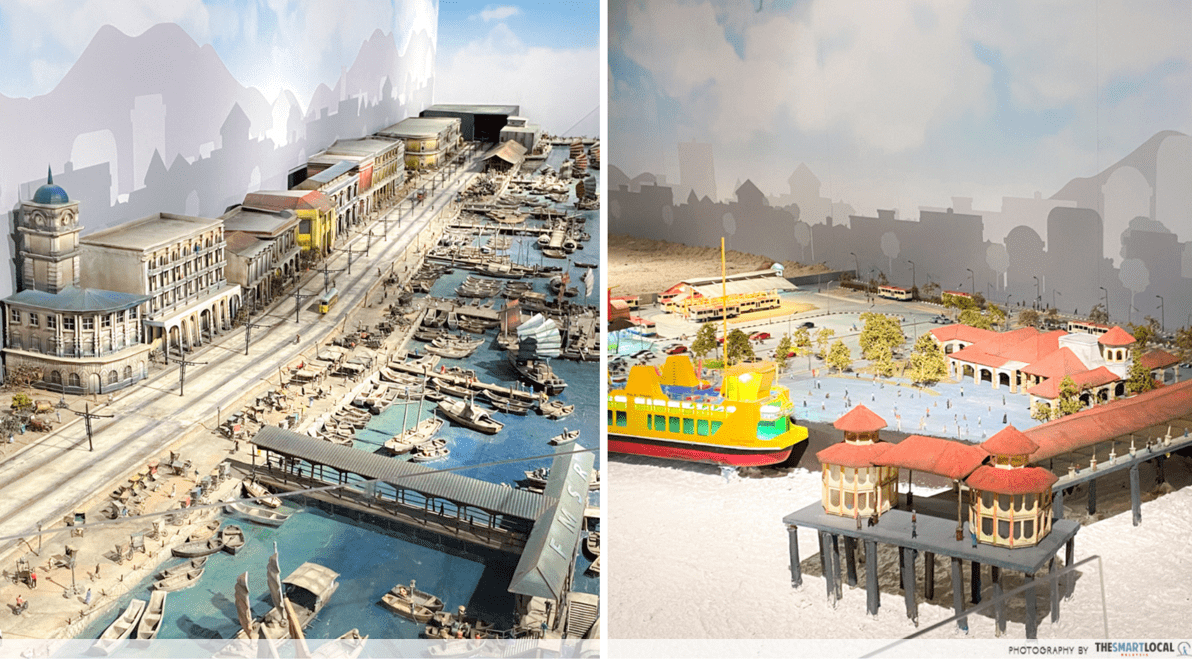
The diorama gallery will be nostalgic for many, with its impressive model layout of the old Swettenham Pier with miniature electric trams rumbling down the tramlines across the flourishing port city, as well as the diorama of the present-day Penang Central and the Rapid buses in place of the olden day trams.
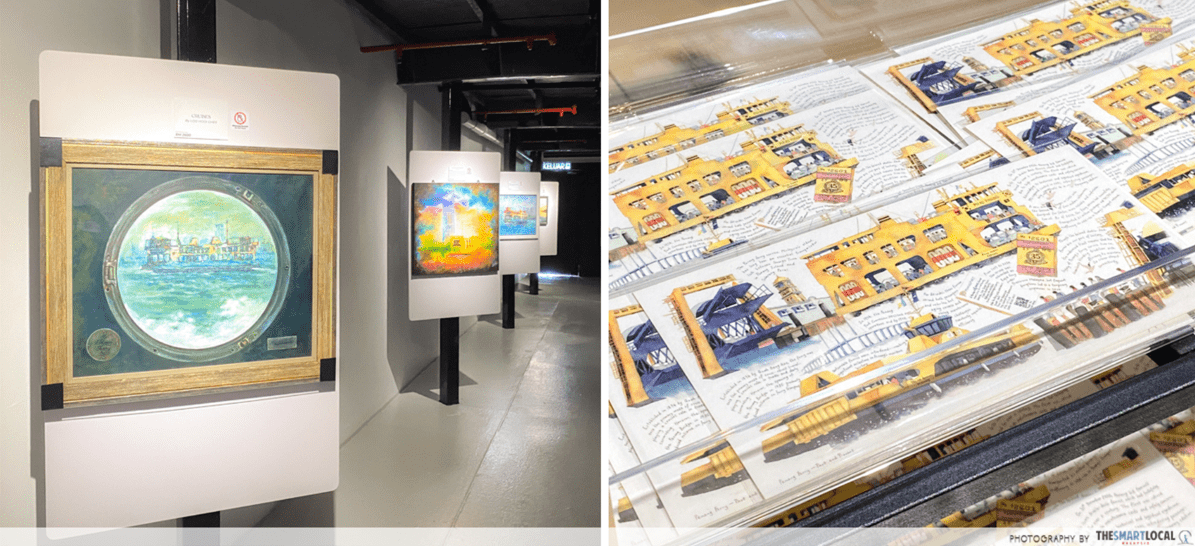
The subsequent sections are an art gallery where a collection of paintings hung highlights local artists’ creative takes on Penang ferries, which are available for sale. There’s also the merchandise store in the next room to shop for souvenirs as a keepsake of your trip to the museum.
The navigation deck
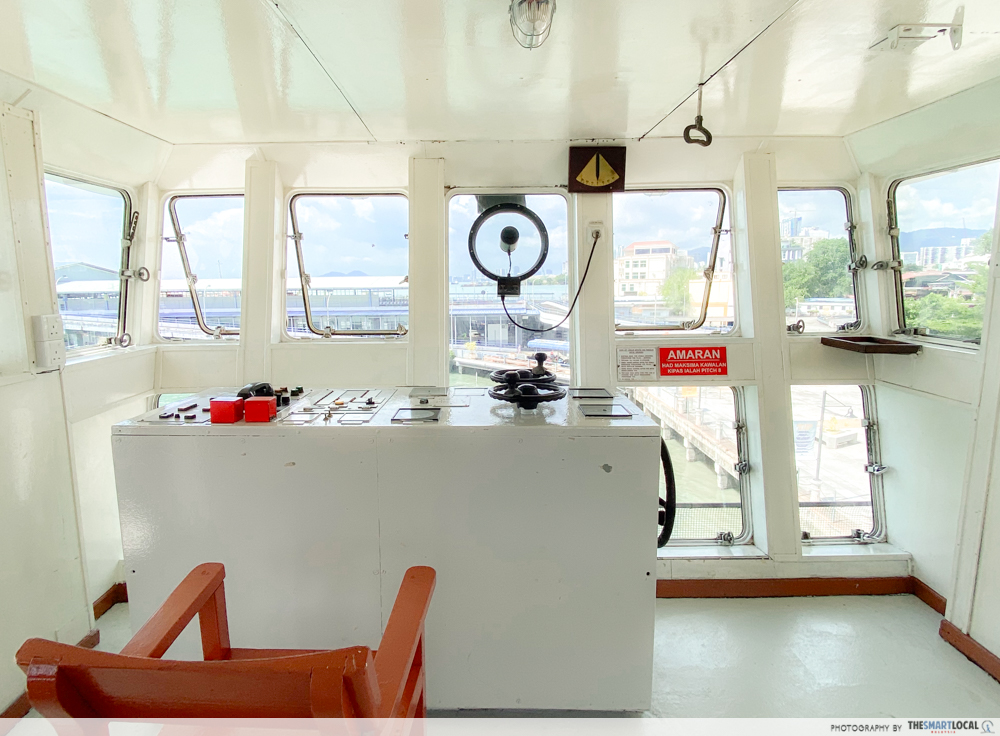
Don’t leave without heading up to the navigation deck, the top-most level of the ferry, where the captain and crew used to steer the vessel and control the boat’s movements. Visitors can enter the captain’s cabin and imagine what it used to be like to command the ship, with all the original steering tools, dials, controls, and the viewports left intact for the museum.
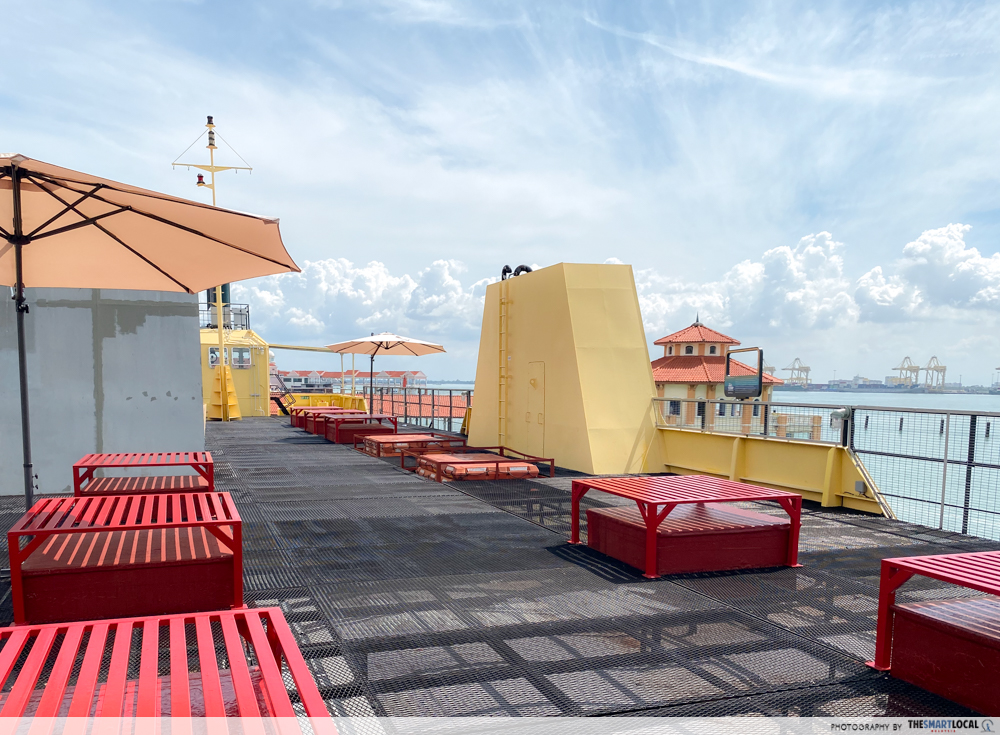
Or simply enjoy the dramatic views of Penang’s skyline and cityscape from the deck, and snap plenty of scenic pictures by the designated “Instagramable” spots that are already marked for you. We recommend arranging your visits during the golden hour of sunset and being treated to the most stunning sight of the glowing skies and their reflection on the rippling waters.
Depending on the condition of the waters, the ferry may sway quite a bit, so we would advise those who are prone to seasickness to take some motion sickness medication in advance.
How to get tickets to Penang Ferry Museum?
Tickets for the Penang Ferry Museum can be purchased at the entrance of the museum or online on the museum’s website. Admission fees are as follows:
For MyKad holders:
- Adults: RM29/pax
- Concessions (children aged 4-12 years old, students, senior citizens, and persons with disabilities): RM15/pax
For non-MyKad holders:
- Adults and senior citizens: RM39/pax
- Concessions (children aged 3-12 years old, students, and persons with disabilities): RM19/pax
VIP tickets – which include benefits such as priority entry and exclusive engine room access – are priced at RM59/pax for adults and RM39/pax for children.
Visit a floating museum attraction in Penang
The restoration of Penang’s ferry into a floating museum means that we can still board the ferry, albeit for a different reason. It may no longer be travelling across the Strait, but it’ll serve as a nostalgic reminder of the ferry’s service to locals.
Address: 7, Pengkalan Weld, George Town, 10300 George Town, Pulau Pinang
Opening hours: 9am-10pm, Daily
Contact: Penang Ferry Museum Instagram
Also explore these places in Penang:
Cover image adapted from: TheSmartLocal Malaysia
Photography by Jia-ju.
